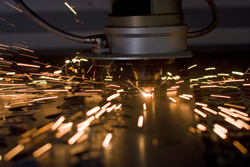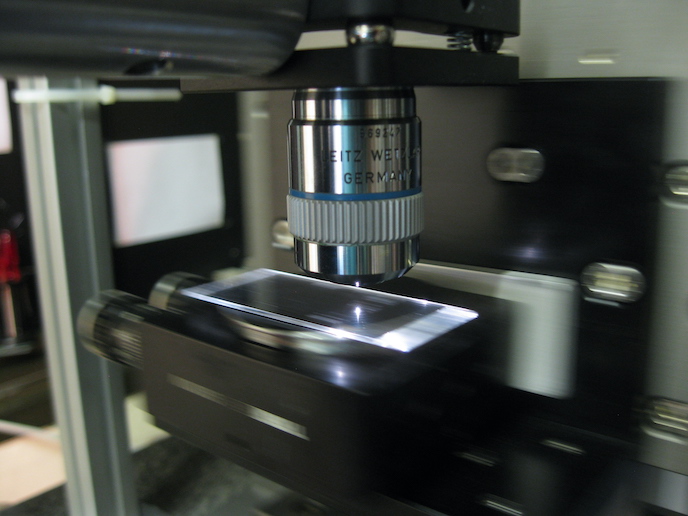Laser pulses with high temporal contrast
Oscillators generating light pulses with a duration of below one trillionth of a second (one femtosecond) and energy exceeding 100 nanojoules are of interest for numerous applications. Besides the common material micromachining operations, exciting opportunities have been created for physics experiments that probe unexplored domains, such as laser-assisted acceleration of ion beams. Nevertheless, light pulses from conventional solid-state oscillators based on Kerr lens mode-locking need to be combined with an amplifier system in order to achieve the desired pulse energy of a few microjoules. The background light generated has been challenged during the SHARP project by adopting an alternative approach to cavity dumping. This so-called Amplified spontaneous emission (ASE) needs to be kept as low as possible, because it is the main source of changes to target properties before the arrival of the main pulse. In the past, acousto-optic modulators had been used to increase the energy of the laser pulse by a few orders of magnitude at the expense, however, of the oscillator repetition rate. Researchers with the Laboratoire d'Optique Appliquée in France showed that it is possible to increase the efficiency of cavity dumping by using Pockel cells. When the laser cavity becomes saturated with energy, the Pockel cells are switched and the intracavity light is allowed to exit, generating an ultra-intense pulse. Interestingly enough, with this electro-optic cavity dumping system the intracavity pulse energy could exceed the existing 30 nanojoule limit, which is the critical energy for acousto-optic dumping devices. Such cavity-dumped pulses with 10 to 100 times higher energy and, more importantly without significant degradation of the pulse duration, would be appropriate as seed pulse for the amplifier of high energy laser systems. A smaller gain would thus be needed to achieve the same power level and the ASE would be reduced. The SHARP project partners advocate further research before instabilities due to the presence of excessive Kerr nonlinearities are addressed.







